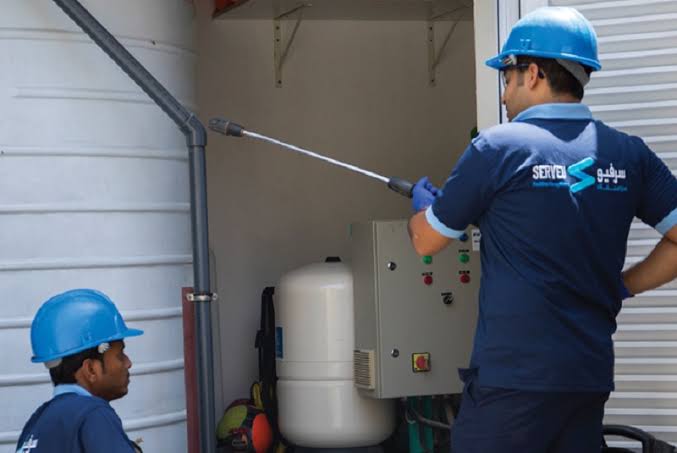Each Single State Agency (SSA) has a member in the National Prevention Network (NPN) and would also work in coordination with the education, public health, and other relevant systems at the state and local level. This feature avails itself of existing resources and directs communities and agencies toward the development or expansion of state-supported and community-based prevention infrastructure. Prevention programs should also take into account the importance of development stages.38 A reasonable conclusion drawn by the findings is that prevention should be applied at a young age (even at pre-school age), because the beginning of substance use later on reduces the possibility of problematic use.

Researchers analyzed data from 13 randomized clinical trials evaluating the impact of potential pharmacological medications for stimulant use disorders, which included more than 2,000 individuals seeking treatment for cocaine or methamphetamine use disorders at facilities across the United States. The developmental approach involves a more structured, sequential model of poor early parenting, school maladjustment, academic https://trading-market.org/alcoholic-ketoacidosis-information-new-york/ deficiency, and gravitation toward school-oppositional groups, which are seedbeds of illicit drug use and other disorderly and problem behaviors. This approach incorporates the general sense that there is a weakening of family bonds throughout the population and that primary schools, which may be more amenable to intervention—particularly experimental intervention—than family units, should be a key locus of study.
Read the Draft Harm Reduction Framework
Recovery from substance misuse is a lifelong journey that may include multiple rounds of formal treatment and an ongoing commitment to the recovery process.5, 7 Getting clean through detox is an important first phase of treatment, but detox alone may not support long-term sobriety. Therefore, it is best to continue treatment after the detox phase to help achieve long-term abstinence and a life of recovery. After an individual completes the detoxification stage, where all substances are eliminated from the body under a safe and supervised setting, the individual is typically advised to undergo a formal treatment program.
- Committing to change includes stages of precontemplation and contemplation where a person considers changing, cutting down, moderating, or quitting the addictive behavior.
- Examples are if a person is dealing with their own addiction and may not be able to maintain sobriety, is overly self-motivated or self-involved, or has a strained relationship with the person the intervention is for.
- These chronic but treatable health conditions arise from the interplay of many different individual and societal factors across a person’s life1.
- Tackling this national substance use crisis requires broad and consistent investment in preventive strategies and an appreciation for public health approaches overall.
- The risk for harm is elevated if you use a controlled substance (think opioids or benzodiazepines) for pleasure, or to self-medicate a mental health symptom, with another substance like alcohol.
The reason for this decision was that articles on alcohol prevention are numerous and could be investigated –as already done- in a separate study. Besides, alcohol use displays certain peculiarities; for example, it is a legal and easily accessible substance. The study used data from 13 randomized clinical trials across the U.S. where patients were given medications to treat stimulant use disorders. Researchers examined results from more than 2,000 people, mostly cocaine users, who took medications to address stimulant use disorder in treatment facilities between 2002 and 2017. Farokhnia said the study didn’t differentiate between people who took medicine versus those given placebos. There are several resources available to help you with quitting substance misuse and entering formal treatment.
Office on Drugs and Crime
Scaling these efforts is a priority strategy to achieving adequate availability of (and access to) naloxone. Harm reduction is an evidence-based approach that is critical to engaging with people who use drugs and equipping them with life-saving tools and information to create positive change in their lives When Drinking After Work Becomes a Problem Alcohol Addiction and potentially save their lives. They are not well utilized, however, due to their complexity and lack of intensive guidance for the user to successfully implement the programs. There is also insufficient reach to communities and policymakers who stand to benefit from the information they provide.
Community-specific prevention is receiving major attention in various fields of public health, particularly in preventing cigarette smoking and in controlling risk factors for cardiovascular disease, cancer, AIDS, teenage pregnancy, and other major health or related social problems. The devastating consequences of drug use know no geographic, economic, social, or ethnic boundaries. Each year hundreds of thousands of people around the globe – rich, poor, educated, illiterate, male, female, and even young children – die from substance use disorders, and many are victims of drug-fueled violence. Beyond the toll drugs take on personal health, substance use disorders undermine economic development, diminish social and political stability, and reduce security around the world. INL’s drug demand reduction program plays a part in addressing the underlying problems that generate violence, fuel other criminal behavior, and heighten instability, thereby bolstering the safety and security of U.S. citizens. SAMHSA’s mission is to lead public health and service delivery efforts that promote mental health, prevent substance misuse, and provide treatments and supports to foster recovery while ensuring equitable access and better outcomes.











